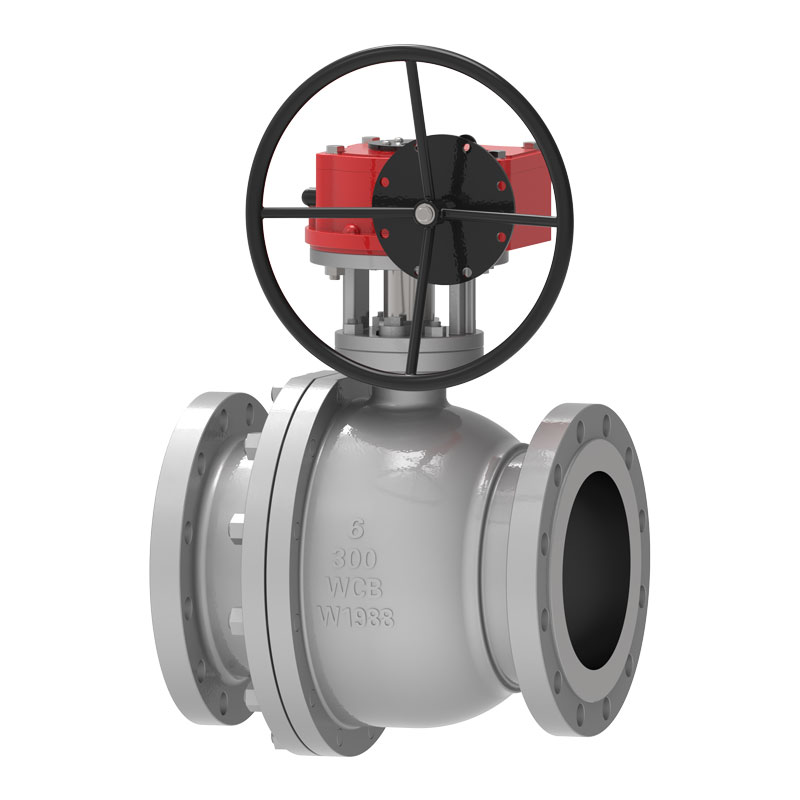- English
- Esperanto
- беларускі
- Hrvatski
- ქართული
- Монгол хэл
- O'zbek
- Հայերեն
- Sundanese
- Español
- Português
- русский
- Français
- 日本語
- Deutsch
- tiếng Việt
- Italiano
- Nederlands
- ภาษาไทย
- Polski
- 한국어
- Svenska
- magyar
- Malay
- বাংলা ভাষার
- Dansk
- Suomi
- हिन्दी
- Pilipino
- Türkçe
- Gaeilge
- العربية
- Indonesia
- Norsk
- تمل
- český
- ελληνικά
- український
- Javanese
- فارسی
- தமிழ்
- తెలుగు
- नेपाली
- Burmese
- български
- ລາວ
- Latine
- Қазақша
- Română
- Srpski језик
Wat zijn de voordelen van het gebruik van kogelkleppen boven andere kleptypen?
When it comes to fluid control systems, ball valves have established themselves as a versatile and efficient choice. But what makes them superior to other valve types like gate valves, globe valves, or butterfly valves? Let’s dive into the key advantages of ball valves and understand why they are so widely used across industries.
1. Quick and Simple Operation
Ball valves operate with a straightforward 90-degree turn of the handle, making them incredibly user-friendly.
Why it matters:
- Ideal for applications requiring fast shutoff or immediate response.
- Saves time in operations that demand frequent valve adjustments.

2. Exceptional Sealing Performance
The design of ball valves ensures a tight seal, often enhanced by materials like PTFE (Teflon) in the valve seats.
Why it matters:
- Prevents leaks, even under high pressure or in corrosive environments.
- Enhances safety in systems handling hazardous or sensitive materials.
3. Long-Lasting Durability
Constructed from robust materials such as stainless steel, brass, or PVC, ball valves are built to endure tough conditions.
Why it matters:
- Resistant to wear, corrosion, and extreme temperatures.
- Reduces maintenance needs, offering a longer service life.
4. Low Pressure Drop
With their full-bore design, ball valves allow fluid to flow freely with minimal resistance.
Why it matters:
- Maintains efficiency in systems requiring high flow rates.
- Reduces energy consumption by minimizing pressure loss.
5. Versatility Across Applications
Ball valves can handle a wide range of media, including gases, liquids, and slurries, making them adaptable to various industries.
Why it matters:
- Suitable for water treatment, oil and gas, chemical processing, and more.
- Handles everything from clean water to highly viscous or abrasive fluids.
6. Compact and Lightweight Design
Ball valves are smaller and lighter compared to other valve types with similar functionality.
Why it matters:
- Easier to install in tight spaces or complex piping systems.
- Reduces overall system weight, especially in portable or compact setups.
7. Bi-Directional Flow Capability
Ball valves allow flow in either direction without performance issues.
Why it matters:
- Eliminates concerns about flow orientation during installation.
- Simplifies design and operation in systems requiring reversible flow.
8. Resistance to High Pressure and Temperature
Metal-seated ball valves can withstand extreme conditions, offering reliable performance where other valves might fail.
Why it matters:
- Perfect for high-pressure industrial pipelines or high-temperature applications like power plants.
9. Low Torque Requirements
Ball valves require minimal force to operate, even in large systems.
Why it matters:
- Enhances ease of manual operation.
- Easily automated with electric or pneumatic actuators for remote control.
10. Cost-Effective Solution
Though the initial investment may be slightly higher than some alternatives, the longevity and low maintenance needs of ball valves make them a cost-effective choice.
Why it matters:
- Offers better long-term value by reducing replacement and repair costs.




